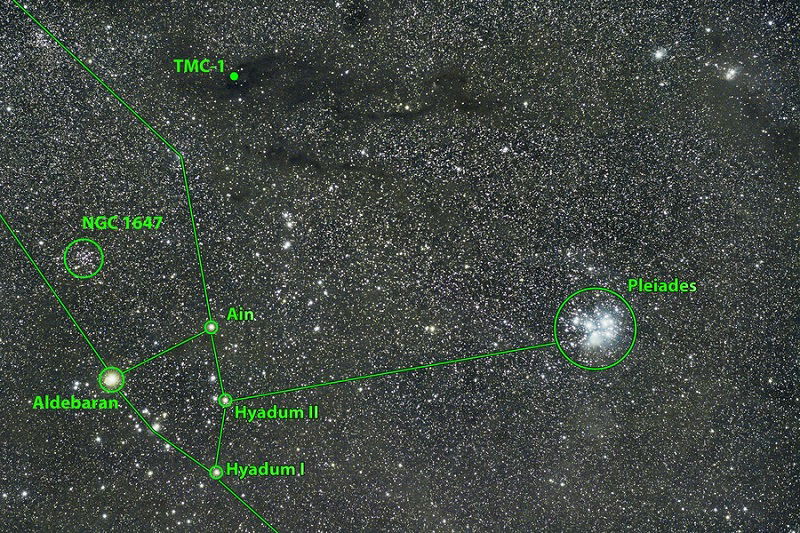Astronomers from MIT have uncovered an astonishingly rich mix of molecules in a region of space known as the Taurus Molecular Cloud-1 (TMC-1). This dark, cold cloud of gas—where sun-like stars are born—contains more than 100 different kinds of molecules, more than have ever been found in any other known interstellar cloud.
To make this groundbreaking discovery, researchers used the Green Bank Telescope (GBT) in West Virginia—the world’s largest fully steerable radio telescope. Over a period of more than 1,400 observing hours, the team collected extremely faint radio signals emitted by molecules drifting in space. These signals act like fingerprints, allowing scientists to identify the specific molecules present.
The results, published by the MIT team led by Professor Brett McGuire, catalogued a total of 102 molecules. Most of these were hydrocarbons—molecules made only of carbon and hydrogen—and nitrogen-based compounds. Interestingly, these differ from the oxygen-rich molecules typically found around young stars.
Among their discoveries, the researchers identified ten aromatic molecules, which are ring-shaped carbon structures. These aromatic molecules form the basis of many complex organic compounds, including those related to life. Although they make up only a small fraction of the material in TMC-1, their presence suggests that the early stages of star and planet formation already include a wide variety of carbon chemistry.
Given the enormous size of the dataset, the researchers developed an automated system to sort and analyze the signals. Using advanced statistical techniques, they measured the amounts of each molecule and even detected variations that include heavier isotopes like carbon-13 and deuterium.
“This is the largest molecular line survey ever released to the public,” said postdoctoral researcher Ci Xue, who led the project. “It provides a new baseline for understanding the chemistry that exists before stars and planets form.”
Professor McGuire added that these data have already led to several groundbreaking discoveries, including the first detection of individual polycyclic aromatic hydrocarbons (PAHs) in space—solving a decades-old cosmic mystery.
By freely sharing their findings, the MIT team hopes other scientists will use the data to uncover more clues about the origins of organic matter and, ultimately, the chemical pathways that lead from simple molecules in space to the complex chemistry of life.
https://knowridge.com/2025/11/mit-scientists-uncover-the-richest-chemical-cloud-in-the-galaxy/


